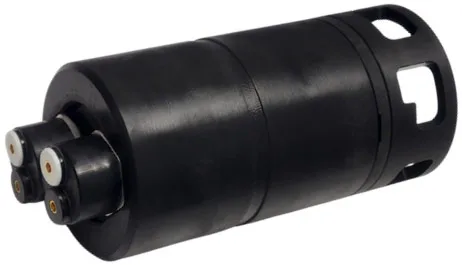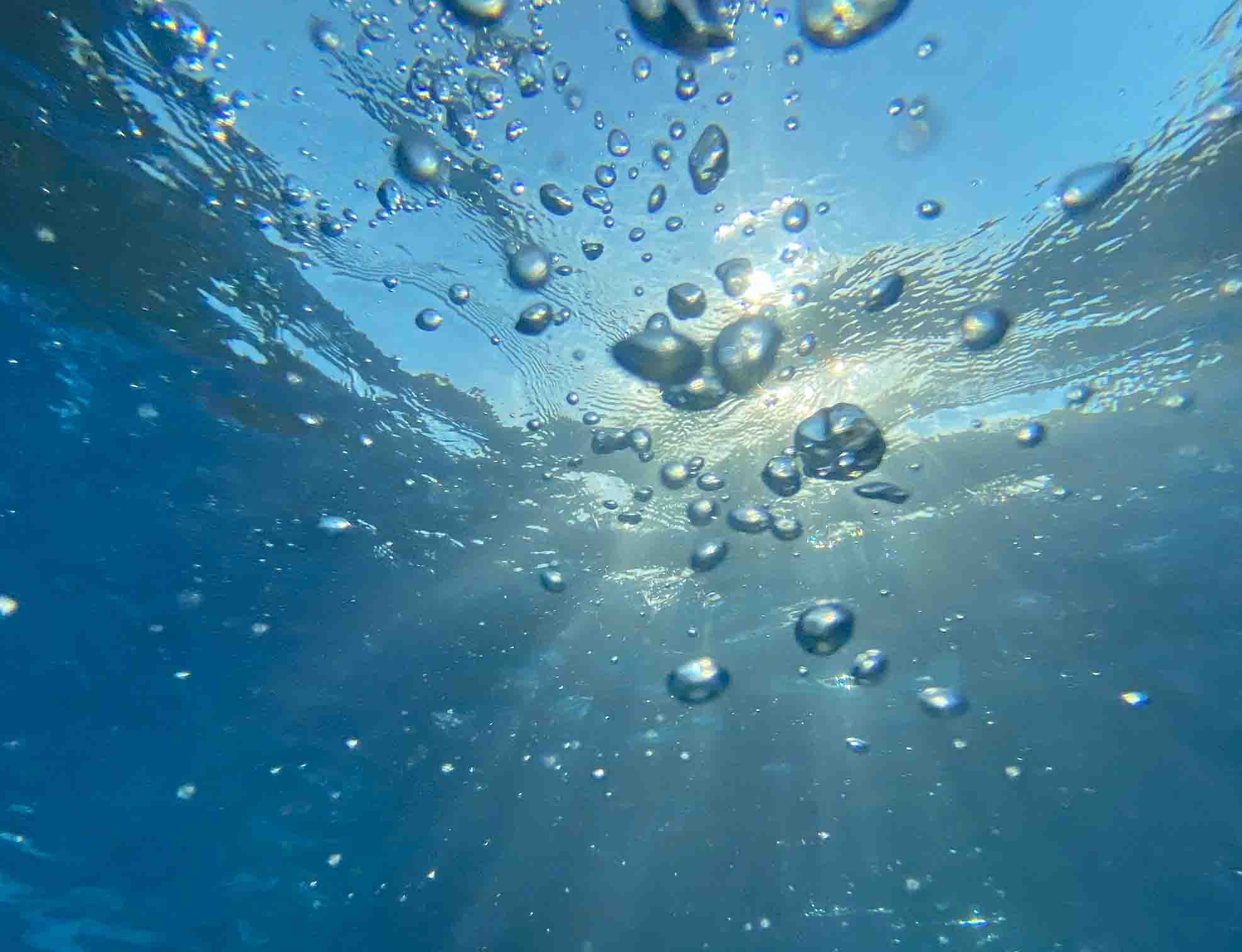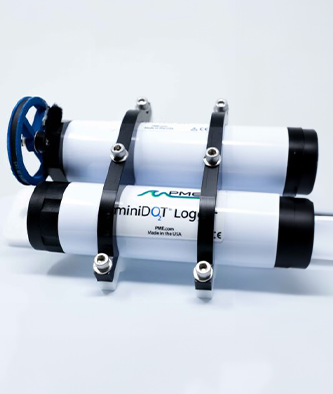Water Quality Parameters
Dissolved Oxygen
How Does Fluorescence Measure Dissolved Oxygen?
There are several common methods for measuring DO such as chemical or electrochemical analysis, but the fluorescence approach is by far the least labor-intensive. Fluorescence utilizes light interaction with oxygen molecules in the water, specifically the quenching property of oxygen, to calculate the DO saturation of the water. While physical interferences such as obstructing debris can interfere with sampling, several distinct advantages continue to attract researchers to fluorescence loggers.
Fluorescence measurements offer accuracy and precision in waters ranging from hypoxic to anoxic and are considered particularly sensitive to low DO. Furthermore, they require minimal water volumes to obtain accurate measurements and they require less maintenance and monitoring than other methods. These characteristics offer researchers the ability to take measurements over extended periods without attending to their logging devices continuously.
What Causes Variations in Dissolved Oxygen Levels?
While many factors can impact DO levels, temperature is closely linked to DO because cold water can hold oxygen with greater effectiveness than warm water. Some fluctuations in DO levels are common, such as those occurring in short-term increments over the course of a day or over long spells like seasonal shifting. A single water body can host a range of DO levels due to the dynamics of the water and organisms within or characteristics like depth. The levels of water, or its stratifications are frequently categorized by DO levels. Hypoxic areas host low levels of DO whereas anoxic conditions are completely devoid of it. Whether a study takes place just below the surface or at the bottom of the murky depths, DO’s presence or lack thereof acts as a touchstone measurement parameter for understanding the health of and trophic possibilities within our waters.
Products Measuring Dissolved Oxygen
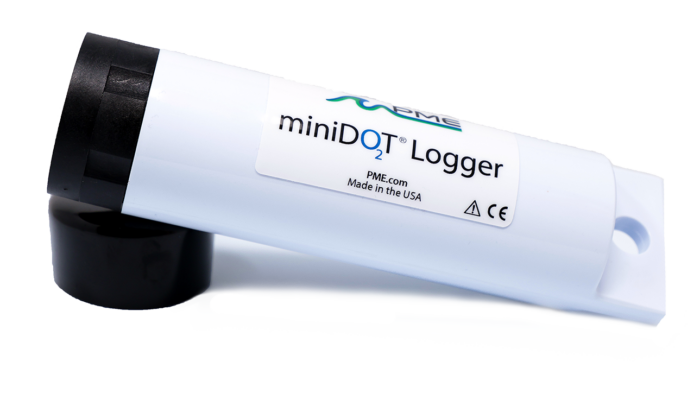
miniDOT® Logger
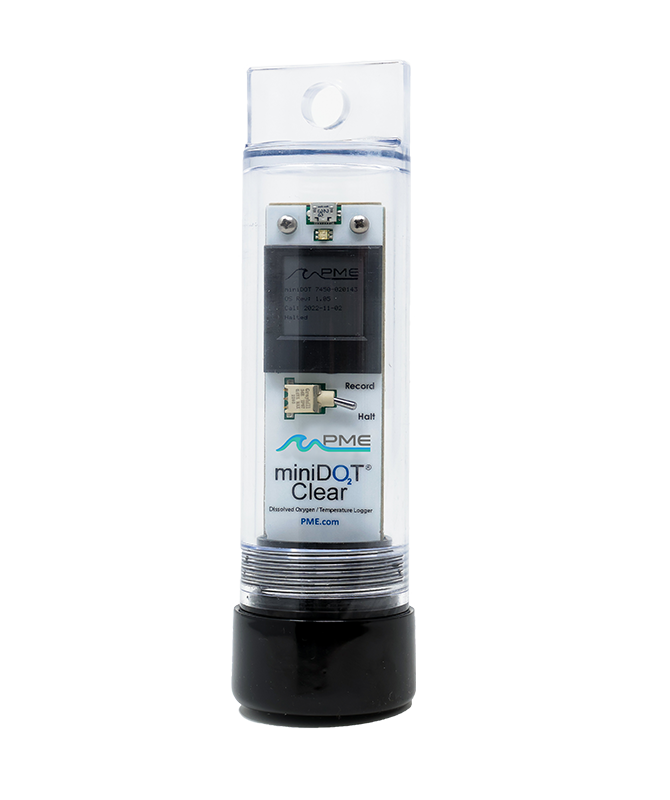
miniDOT® Clear
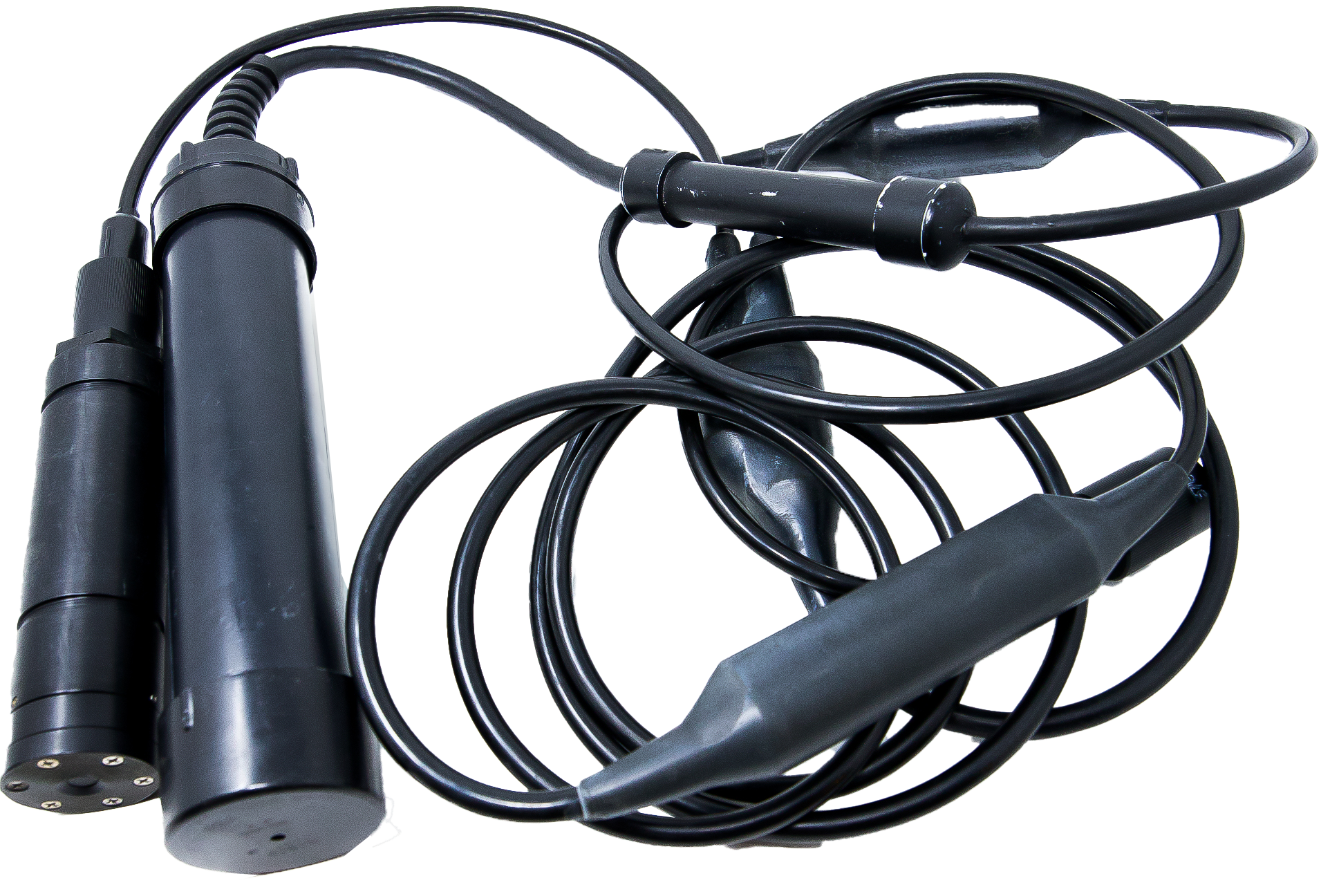
T-Chain
